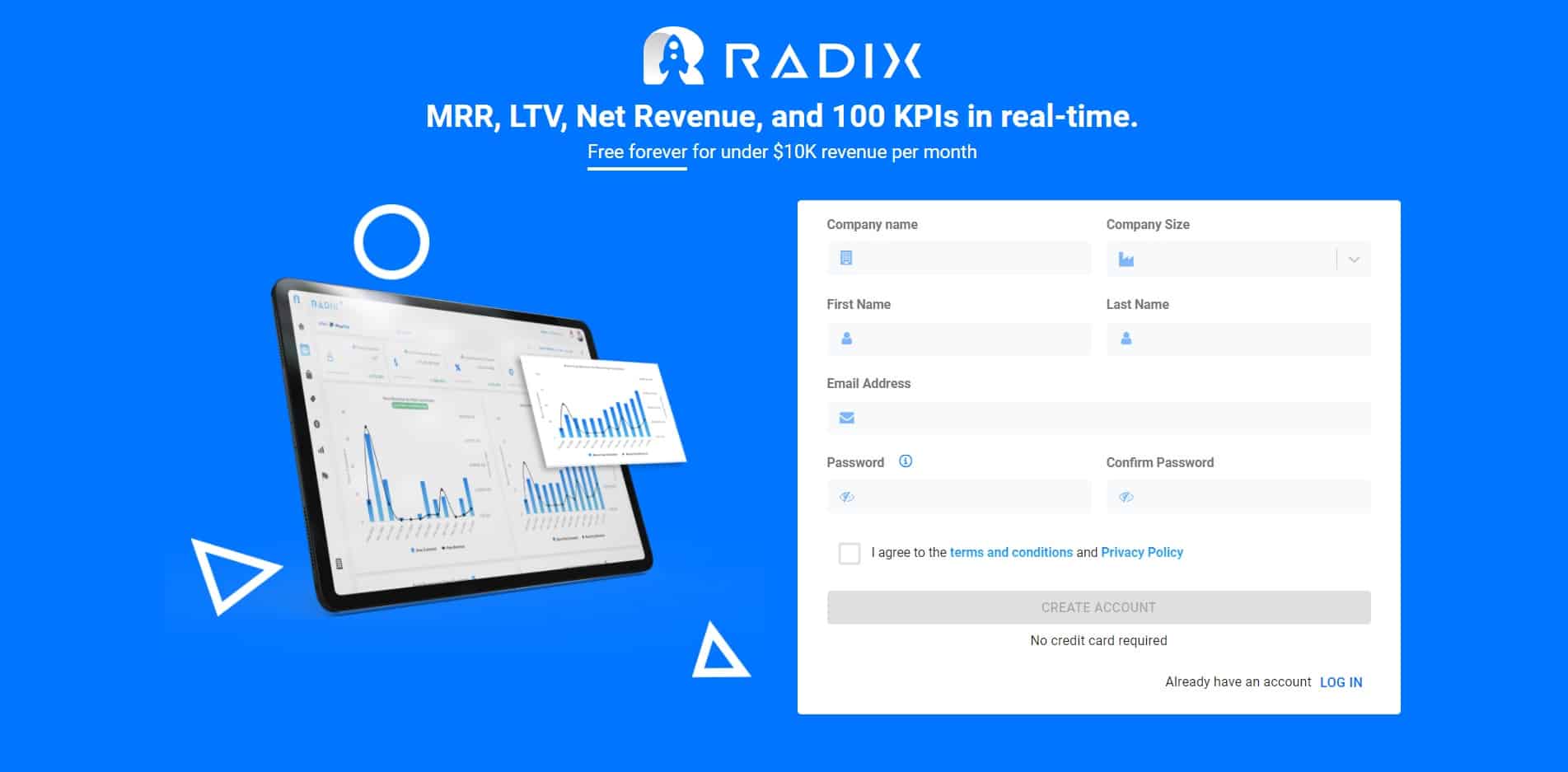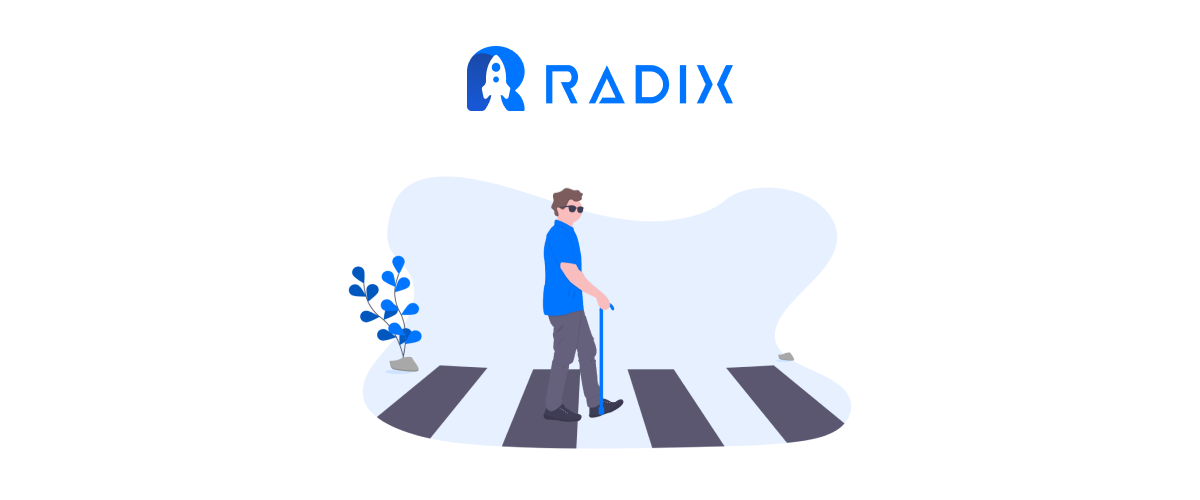Overcoming “feature blindness” is the first step to driving adoption in SaaS. Unfortunately, it is one of the most neglected yet critical challenges when it comes to making your product saleable.
The best product in the world cannot succeed if no one is using it. Tha is why having a strategy for getting more users to adopt your product is imperative when scaling SaaS. One problem I have seen with companies who are trying to ramp up their customer adoption is they are overlooking what I like to call feature blindness.
What is Feature Blindness?
Feature blindness is a term used in SaaS to describe a situation when end-users don’t use advanced or well-hidden platform features, but instead prefer using basic functions.
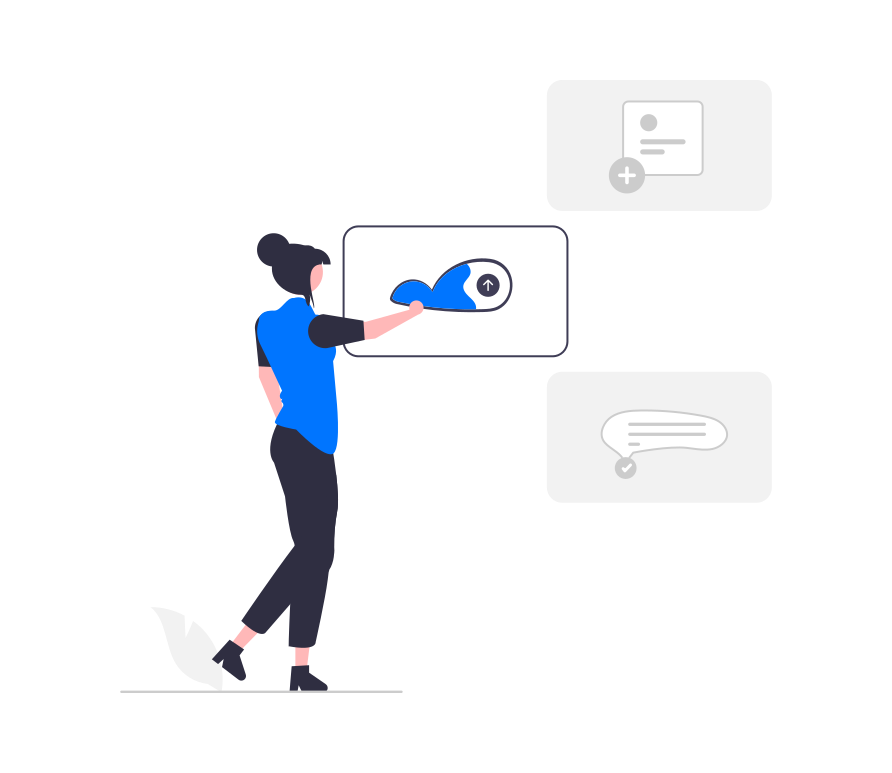
Reason Why Feature Blindness Happens
Feature Blindness is a well-studied psychological phenomenon that describes how users are unable to directly recognize or perceive a product’s functionalities when the overall appearance of the product is changed, even to the slightest degree. This can happen even when users have used the product for years!
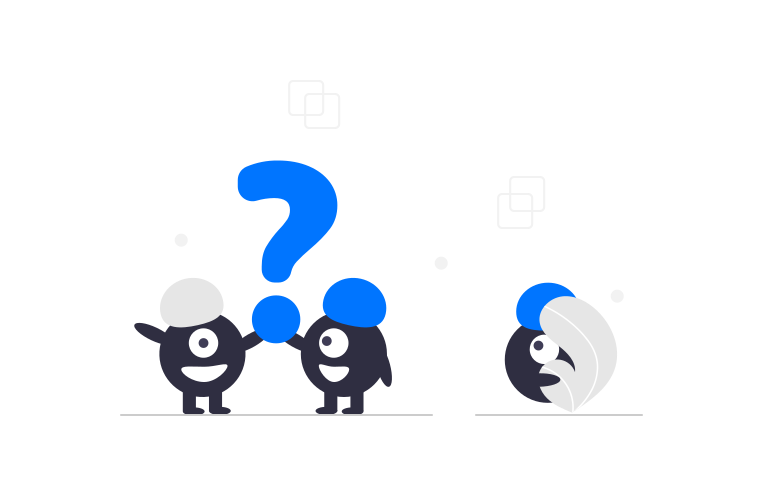
Is Feature Blindness bad for your SaaS Growth?
Feature blindness is bad for SaaS growth. That’s because it stops your customers from finding what they need. They will lose their patience and go find a competitor.
Low retention rates are increased by feature blindness. Users don’t realize the full benefit of your product if they simply use a few functions, and your product becomes boring in their minds.
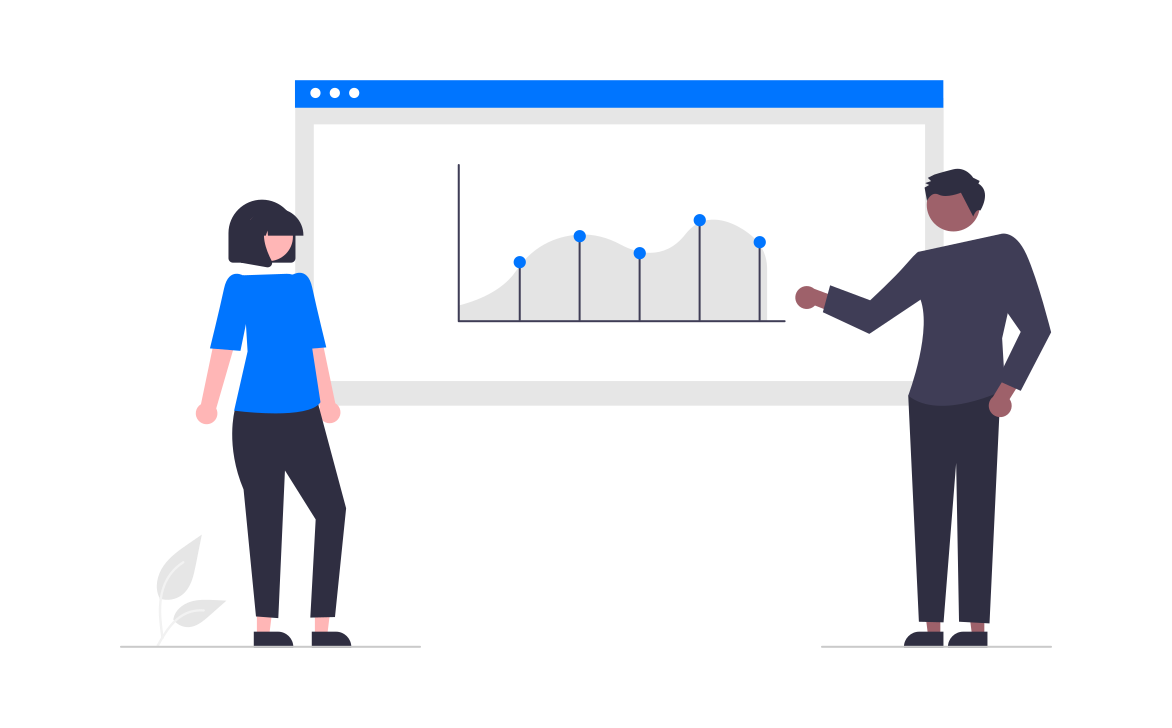
5 ways to reduce Feature Blindness
Feature blindness, without a doubt, has several negative consequences for your business. However, there is reason to be optimistic. Feature blindness may be discovered at many points of the user experience, and it can be addressed to assist your customers to see your product’s value grow. This section outlines 5 different approaches.
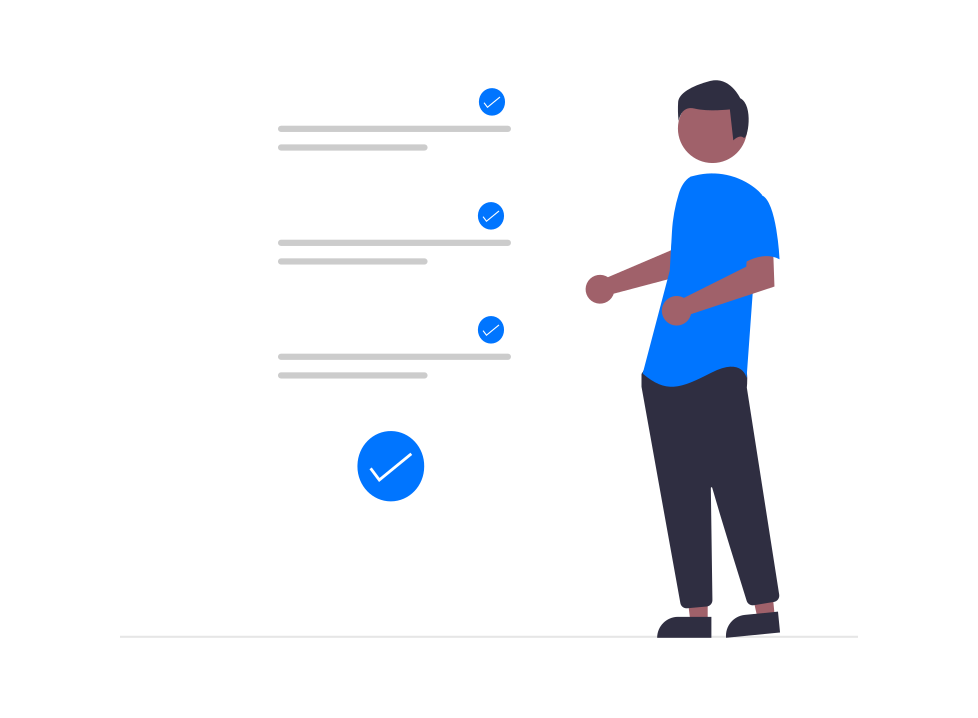
Monitor feature engagement
Feature tracking tools make it simple to keep track of how each feature is used. You’ll be able to easily see which features require more engagement.
Launch new features in-app for existing users
The greatest SaaS solutions are those that continue to evolve to meet the demands of their users.
Your customers will become wiser as time goes on, the market will expand, and you will need to introduce additional features to meet user demands. Don’t be hesitant to do so, but make sure the upgrades are in line with your app’s mission.
But don’t stop there; make sure your existing customers are aware of the new features. Remember that many of them suffer from feature blindness and don’t go out of their way to see what’s fresh on the app. It is your obligation to inform them about the new features.
Conduct user testing to identify problems and enhance product design
User testing is analyzing your product with real users and receiving comments to enhance it.
While this design approach is often used to create new products or features, it can also be used to learn about user behavior and the feature blindness trend in your product.
Conduct user testing with your target audience to observe how they engage with your software, and evaluate the findings to identify which features they don’t find appealing.
Send “What’s New” email updates
Every interaction does not have to take place in the app. There will always be people who don’t log into your tool regularly and lose out on in-app feature announcements.
Here’s where emails prove helpful. You may capture the attention of lagging users and show the benefits of your upgrades by sending “what’s new” emails. Who knows, maybe this may bring them back to your platform.
Conduct a behavioral cohort study to determine which features are linked to long-term retention.
Have you ever wondered what features correlate to long-term retention? Using behavioral cohort analysis you can identify the features that best predict users who will become inactive in the near future, and use this information as guidance during feature prioritization to maximize your ROI. Additionally, you can use features that correlate strongly with low retention to focus on encouraging users to upgrade to a premium subscription.
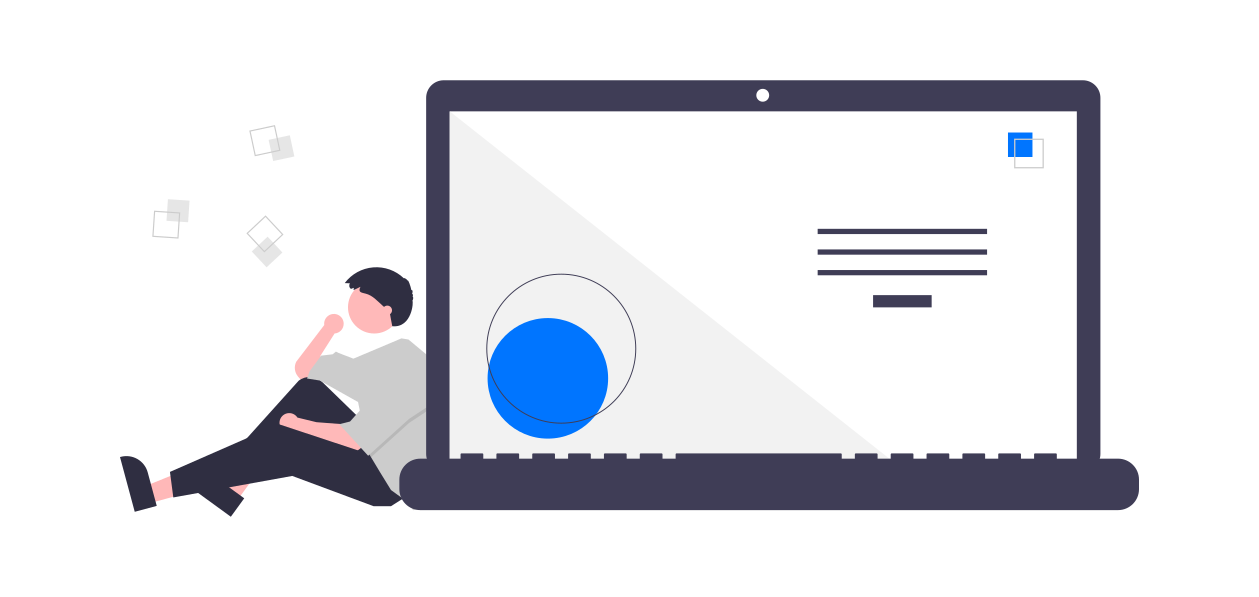
Conclusion
To overcome feature blindness, you must approach your product from a customer-centric standpoint. You need to put yourself in the shoes of your customers and know what real problems they are facing. Once you have this knowledge, you can craft unique value propositions for your SaaS product that take into account the customers’ depth of pain as well as their acquired skills and prior knowledge about similar products or related concepts.
The tactics outlined in this article will assist you in reactivating users and encouraging the use of previously unutilized features. If you’re not sure where to begin, start by segmenting your users and determining which features are most essential to each group. Then, discover the people who aren’t using the power features for their segment and reintroduce them to those features.
Remember that understanding your numbers is just as vital as knowing what features your customers do or don’t want.Radix will empower you in tracking, analyzing, improving, and growing all of your revenue data.
